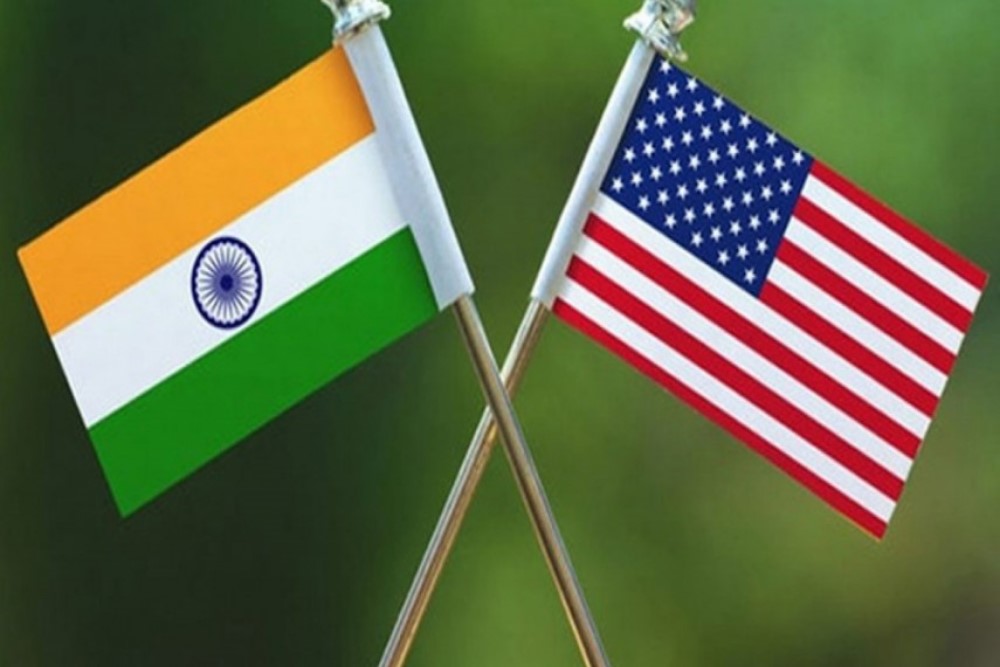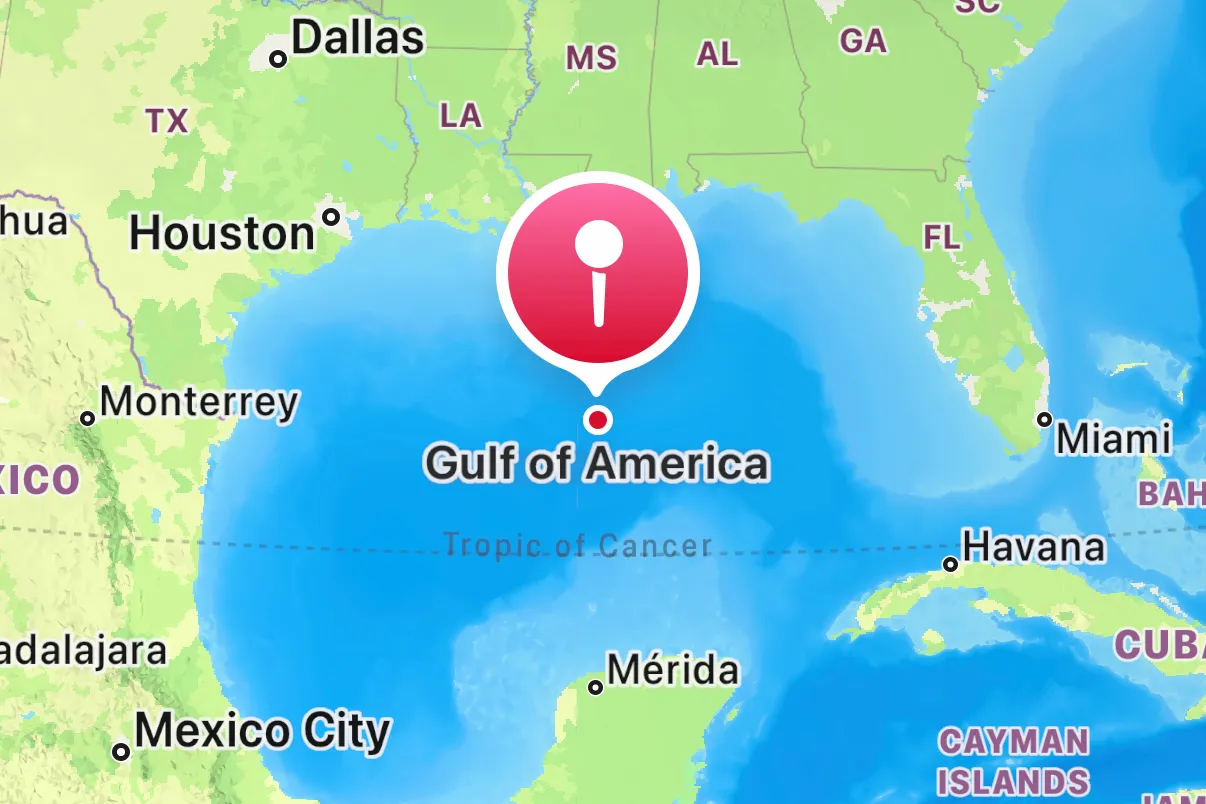- Courses
- GS Full Course 1 Year
- GS Full Course 2 Year
- GS Full Course 3 Year
- GS Full Course Till Selection
- Answer Alpha: Mains 2025 Mentorship
- MEP (Mains Enrichment Programme) Data, Facts
- Essay Target – 150+ Marks
- Online Program
- GS Recorded Course
- NCERT- First Ladder
- Polity
- Geography
- Economy
- Ancient, Medieval and Art & Culture AMAC
- Modern India, Post Independence & World History
- Environment
- Governance
- Science & Technology
- International Relations and Internal Security
- Disaster Management
- Ethics
- Current Affairs
- Indian Society and Social Issue
- CSAT
- 5 LAYERED ARJUNA Mentorship
- Public Administration Optional
- ABOUT US
- OUR TOPPERS
- TEST SERIES
- FREE STUDY MATERIAL
- VIDEOS
- CONTACT US
INDIA-USA RELATIONS
INDIA-USA RELATIONS
02-03-2023

INDIA-USA RELATIONS
THE STORY OF USA INDIA LINK
- 1893: Swami Vivekananda attended World’s Parliament of Religions in 1893. Promoted Yoga & Vedanta.
- 1930’s & 1940s – Frank.D.Roosevelt voiced strong support for the Indian Independence movement.
- 1940’s : Panagarh airport (in WB) was used by US Air Force as a base.
Post-Independence
- 1948: Nehru rejected American intervention in resolving Kashmir issue. (by a 3rd party)
- 1949: Nehru visited USA. Truman administration was completely inclined towards India. Nehru rejected food aid (1 MT of wheat)
- 1950: Poor harvest led India to ask from USA for America food aid.
- 1959: Dwight. D. Eisenhower – 1st Us president to visit India. [Check on China’s malafide Intentions. (Communist China)]
- 1962: USA supported India explicitly in 1962 Sino – India war. John.F. Kennedy appointed J.K. Galbraith the ambassador to India. He established one of the first Indian Computer Science dept. in IIT Kanpur.
- 1969: Richard Nixon became the Prez. of USA. He had close ties with Pakistan aiding it militarily & economically. He also established ties with China.
- 1971: War support to Pakistan.
Post Pokhran Nuclear Test
- 1974: India’s nuclear test [Pokhran I]. USA opposed the test but also said that India did not violate any agreement.
- 1978-80: India refrained its support to USA when USSR invaded Afghanistan.
- 1980’s: Defence & Technological ties established.
- 1990’s: Relations improved after LPG.
- 1998: Pokhran-II. USA imposed economic & nuclear sanctions on India. However economic sanctions were not that effective & were Lifted in 2000-01. [ With Bill Clinton’s visit to India. India-US Science and Technology forum was established.]
- 2001: 9/11 Attacks. Bush collaborated strategically with India.
- 2004: India & USA pursuing a strategic partnership. [shared values and convergent geopolitical interests.
- 2005: Defence framework agreement. Open skies agreement signed (Trade, Tourism & Business via increased no. of flights.)
- 2008: Nuclear sanctions revoked.
- 2010: Obama visited India and backed India’s bid for permanent UNSC seat.
During PM Modi Period
- 2014: PM Modi’s visit, Madison square public meeting conducted. Bilateral Talks between India & USA.
- 2015: Obama invited as Chief Guest in Republic Day parade. Delhi Declaration of friendship. [Post 2015 Development Agenda]. Modi’s visit to Silicon Valley. (Digital India). “ChaleinSaathSaath: Forward Together We Go”, and “Sanjha Prayas, Sab ka Vikas”(Shared Effort, Progress for All) was adopted by both the leaders.
- 2016: Modi invited to Joint session Of USA Congress.
- 2019: Howdy Modi event organised in New York city
- 2020: Namaste Trump event organised. Legion of Merit award given to Modi for elevating India – US ties. QUAD exercise for the first time.
- 2021: Strategic Clean Energy Partnership (SCEP) (earlier established as Strategic Energy Partnership in 2018) launched. India & USA engage across five pillars of cooperation: Power & Energy Efficiency, Responsible Oil & Gas, Renewable Energy, Sustainable Growth, Emerging Fuels (biofuels) 2nd phase of Partnership to Advance Clean Energy-Research (PACE-R) to include smart grid & grid storage.
Significance:
Geo Political:
- Geographical location of India: Indian Ocean in south having Critical Global line of communication [50% of container products & 70% of ship-borne oil & petroleum traffic] + QUAD.
Containment of assertive China:
- USA acts like a ‘stabilizing’ force for India and India acts like a stabilizing force for USA. India’s national interest in Afghanistan & Pakistan region. (But as of now, the dynamics of Afghannistan-Pak region has changed). USA’s commitment to maintain security & freedom of navigation on the high seas.
- 2+2 dialogue: with the defence and foreign affair ministers of both the nations. It was started on the lines of 2+2 dialogue with Japan.
Economic:
- Trade has increased from $10 bn(1999) to $80.5 bn (2021). Trade surplus for India ($20-25bn) [But it is reducing].
- Export items : Gems, Pharma, ICT Products, machinery, & mineral fuels.
- Import items : Agri produce, Aircraft, mineral fuels, machinery, optical & medical instruments.
Energy Cooperation:
- Civil Nuclear cooperation,2008.
- Crude oil purchase: US-India energy Dialogue – Trade & investment in energy sector.
Defence:
- USA is the 2nd largest supplier of arms to India. Bilateral dialogue mechanism for defense include: Defence Policy Group. (DPG), Defence Joint Working Group (DJWG), Def. Procurement & Production Group (DPPG), Senior Tech. security Group. (STSG)Joint Tech. Group (JTG), Military Co-op. Group. (MCG), Service to service Exec. Staring Group’s (ESGs).
- Cooperation in counter terrorism – Intel sharing, info exchange & operational co-op.
- Military Exercises - Yudh Abhyas (Spl. Forces), Vajra Prahar. (2018) (Spl. Forces), Tiger Triumph (Tri – service (2019)), Cope India (Air Forces), Red Flag (USA, France, South Korea), Malabar (Naval)
Cultural & Scientific:
- 2 Lac Indian Students studying in USA
- 4 million strong diaspora.
- NASA & ISRO are working on human space flight programme and NISAR which help us monitor implications of climate change.
- In healthcare, cooperation during Covid-19 – Corbevax (Baylor College & BioE),
- Similarly, Indian tech companies are contributing to the US to more than 80 billion USD to US GDP and more than 600,000 jobs.
Challenges
- India’s IPR regime – USA designated India on the Spl. 301. Priority watch list.
- Trade & Tariff – USA removed India from General system of preferences. [It provided preferential duty free access to products upto 6 bn USD]. In return India imposed retaliatory tariffs on several American imports. [USA put sanctions in WTO on India]
- Data Wars: India has restricted companies from sending crucial data to American cos.
- Pakistan policy: USA’s softened stance towards Pakistan. (US recently provided Pakistan with a $450 million package for what Pentagon termed as “F-16 Case for sustainment and related equipment”)
- The India-Russia engagement: There is lack of consensus between both the countries on the Russia Ukraine conflict- one of the most worrying issues in global geopolitics. India has chosen to increase its oil imports from Russia (being offered at discount). The India-Russia Defence ties has also been an irritant in the Indo US relations. The CAATSA Law has been part of the discussion between for a long time on India’s purchase of the S400 Triumf from Russia. India & Russia are exploring ways of conducting bilateral trade by bypassing the dollar based financial system.
Way forward
- Such a partnership between the world’s oldest and largest democracies is critical and should continue to be strengthened in response to increasing threats in the Indo-Pacific region so as to send an unequivocal signal that sovereignty and international law must be respected.
- Prime Minister Narendra Modi recently told President Vladimir Putin that “today’s era is not of war” on account of Russia-Ukraine conflict and the US was pleased with the formulation and its articulation in full public glare.
Must Check: IAS Coaching Institute In Delhi
Tensions Between Iran and Israel
Tensions Between Iran and Israel


-1678355152849.jpg)